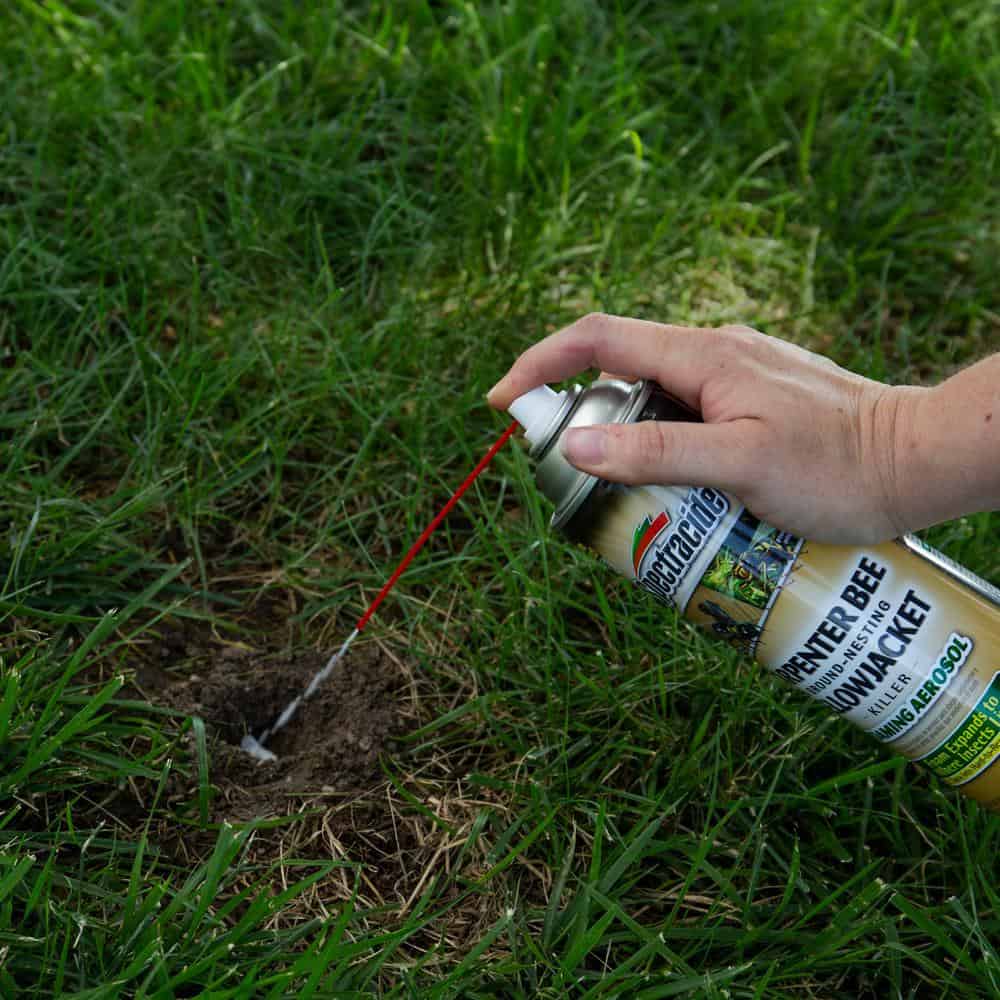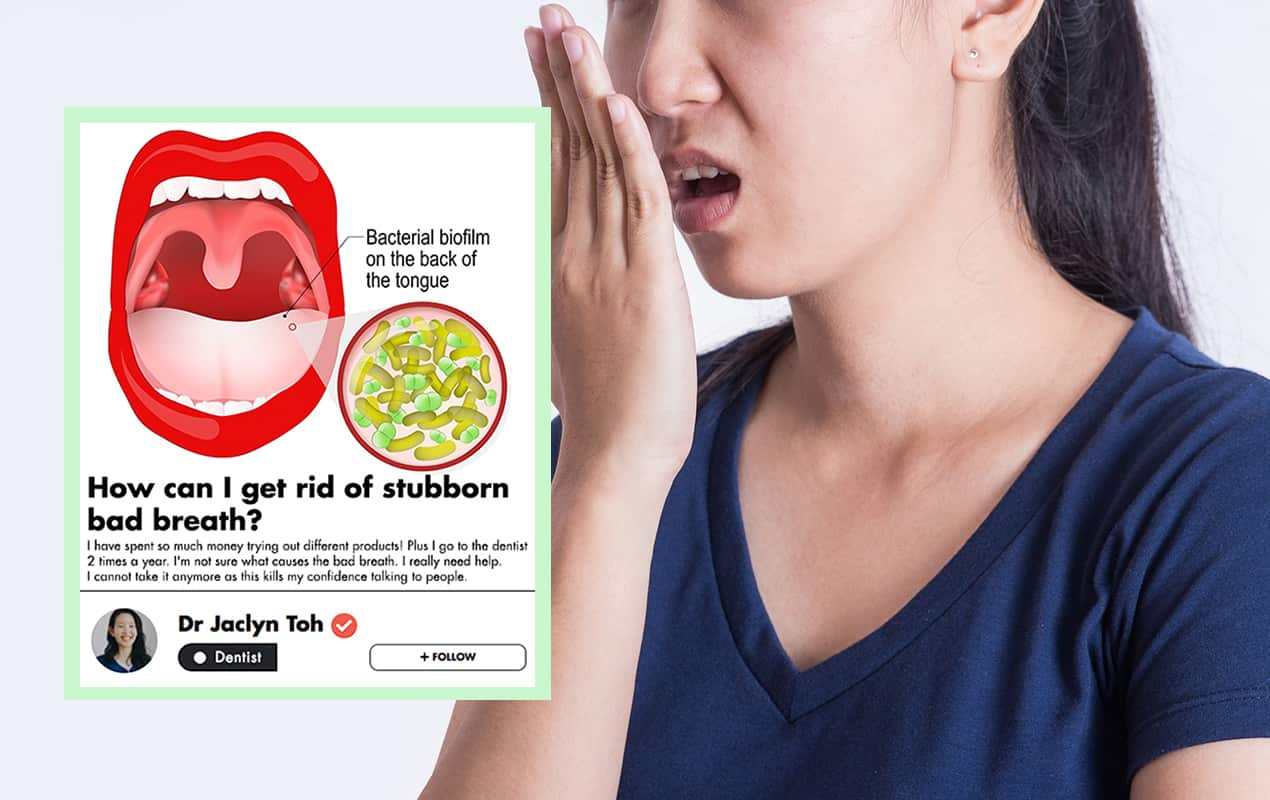Ground ivyVirginia buttonweedToo little or too much waterU.S. It grows in moist soil and shade as well as full sun. Also known as creeping Charlie, creeping Jenny, and gill-over-the-ground, ground ivy spreads by seed and by the vining stems that root at each node.
The small, fuzzy flowers confirm its identification. A perennial, it spreads as an expanding clump as well as by broken shoots or roots and seeds. The seeds are moved about by water, the reason this weed often appears first where water collects.Summer-long irrigation is a fact of life in the West. Watering too much or too little directly or indirectly causes most lawn problems in the region. You can improve clay soil, but don't work it when it's wet, and avoid walking on it so it doesn't become compacted. When it's dry, add three to four inches of organic materials, such as compost, leaf mold or well-rotted manure , and work them into the soil about six inches deep.
Mulch the soil with bark, wood chips or some other type of mulch that decomposes slowly. Over time, the sun and rain break down the mulch, which will also improve your soil. The best way to improve soil texture is by adding organic material, such as compost or peat moss. Decaying organic matter helps sandy soil by retaining water that would otherwise drain away.
And it corrects clay soil by making it looser, so air, water, and roots all can penetrate. Plus, in all soils it encourages beneficial microbial activity and provides nutritional benefits. Adding amendments like compost or peat moss to the backfill will not make much of a difference for plants in very good soils. Sandy soils typically drain well but adding sand to soils high in clay will reduce drainage. It is best to have the same type of soil inside and outside the planting hole.
Mulching – Clay soils can tend to speed water runoff because water isn't absorbed as quickly into clay soils as it is other soils. Clay soils also tends to stick to the bottoms of your shoes, which can make a mess when you go indoors. By adding a layer of mulch to clay soil, you not only help keep the house clean, but can reduce the number of weeds that sprout. As mulch decomposes,it will enhance nutrition and water retention, which ultimately allows for better plant growth.
Mulch will slow down water run-off allowing clay soil more time to absorb, and store, water. A layer of mulch is also cooler than exposed soil which helps to reduce temperatures overall in the garden. So, how do you change too-clayey soil into just-right sandy loam? Similarly, the fix for sandy soil isn't to add clay.
The fix for both these problems is the same - adding organic matter. Like the Leafgro I dig in while planting, and the organic mulch that breaks down over time and becomes part of the soil. Organic matter is truly the Miracle Cure for what ails the soil. If it is in a garden bed, see if you can raise the level of the garden bed to provide better drainage. Dig sand into clay whenever you work it and you will see a gradual improvement. Add plenty of organic matter and mulch, as this helps open up clay.
With lawns, leave the lawn clippings where they are mown, as this provides organic matter, and pour sand down the cracks which open up in the dry periods. Gypsum will improve sodic clay soils, but these soils are uncommon on the North Coast. Treat your garden soil with beneficial nematodes whenever the curl grubs are visible and present! And, when the temperature conditions are ideal as described above. Spring and/or fall are generally a good time to treat in most locations. Some sources recommend a spring application, as the grubs will be vigorously feeding closer to the surface on new plant roots in the spring.
Yet others suggest treating in the late summer to fall, to kill the grubs when they're still small – and the benefits will carry over to next spring. Soil that stays wet for long periods of time get lots of anaerobic bacteria operating in them and those kinds of bacteria produce offensive odors, just what you are smelling. A simple mehtod to test a soils drainage capability is to dig a 1 foot square hole 1 foot deep and fill it with water. Once that water drains away refill the hole and time how long it takes for that water to drain away. One garden I did that test to once took 4 days for the first pail of water to drain away and the "gardener" did not understand why her plants kept dying on her.
Lack of aeration, poor drainage, and overwatering is the root cause of foul odor in potting soil. Inappropriately decomposed organic matter can also lead to a bad smell in the potting mix. Let the soil dry out, then blend 1/3 cup of activated charcoal with four quarts of potting mix to minimize the foul smell. You can increase the amount of organic matter in your soil by adding compost, aged animal manures, green manures , mulches or peat moss. Because most soil life and plant roots are located in the top 6 inches of soil, concentrate on this upper layer.
To learn more about making your own compost, read All About Composting. Compacted soil directly affects plants' abilities to absorb water and nutrients. In fact, root systems become suffocated by the lack of air and water pockets within the soil structure; they subsequently are vulnerable to root rot and other diseases. One solution to poor soil conditions is replacing the compacted soil before planting any seeds or full size plants. Depending on the intended plants for the garden, you may need to remove 6 to 18 inches of topsoil to have a successful garden of aerated soil. Fortunately, sandy soil is easy to dig, so work in two or three inches ofpeat moss or perlite to help it retain water.
To add nutrients, work in compost, leaf mold, well-rotted manure or other organic matter. Liquid fertilizerscan move through sandy soil too fast to benefit plants. How to water clay soils most effectively – Watering is the biggest challenge most gardeners' face and most people over-water their plants. For clay soils, overwatering is the most common cause for plants dying. Clay soil tends to hold water for long periods of time, therefore, if your garden soil is made up of clay, you should be watering less frequently.
Spots in your yard that stay wet almost constantly are a sure sign you need to cut back on the amount of water you are applying. Check with your local county extension service to find the recommended watering rates for your area. A healthy soil will also contain about 25 percent water. Water, like air, is held in the pore spaces between soil particles. Large pore spaces allow rain and irrigation water to move down to the root zone and into the subsoil. In sandy soils, the spaces between the soil particles are so large that gravity causes water to drain down and out very quickly.
Vegetable gardens benefit from a top dressing of organic compost in spring and/or fall or in mid-season. Simply pull away any mulch and spread two to three inches of compost or well-rotted manure over the soil. You don't need to work the compost into the soil; it will break down naturally and release nutrients. As a bonus, top dressing can help discourage weeds from growing and help the soil retain moisture. Microorganisms utilize herbicides as food within soil.
Microorganisms need food, water and oxygen to be healthy. You can increase microbial breakdown of herbicides in your soil by tilling , and adding water water and non-contaminated organic matter to the soil. This combination will allow microorganisms to proliferate in the soil and increase the rate of herbicide breakdown.
Applying a fertilizer may also help increase microbial breakdown and also support plants growing in the soil whether they are the permanent plants or a cover crop. Two manufacturers with products marketed for herbicide remediation is Soil Diva and Algae AquaCulture Technologies. Many landscape plants die because they are planted in soil that is too wet or too dry.
Typically, a soil contains about 50 percent solid materials and about 50 percent pore space, filled by air and water. In poorly drained soils, most of the pore space is filled with water for long periods of time, leaving too little air. The third type of bed is one that already contains some perennials, bulbs and/or shrubs. You can't simply broadcast a thick layer of compost and then turn it under.
You will need to be careful when working around the established plants that you don't harm their roots. This can be done either in spring or fall, or in both spring and fall. Our orchard is in a sandy area and our garden is in a clay area. We didn't plan it that way, it's just how it worked out. We've been working compost into the soil, adding mulch and using cover crops and it is amazing how both the sandy and the clay soil have improved.
An easy method to determine the drainage of a site is to dig a hole 12 inches long, 12 inches wide and 12 inches deep. If the water drains in fewer than three hours, the drainage is excellent, and plants suited for dry locations will perform well. However, this method should be done only when the soil is moist. Poorly drained soils may drain excessively when the soil is dry giving the false impression of good drainage. Distributing large amounts of compost or organic material throughout the soil medium can greatly improve the water-holding capacity of the soil.
If your soil will be fallow for more than one growing season, you can plant perennial or biennial green manures, such as clover or alfalfa. All cover crops should be tilled-in at least three weeks before the area is to be replanted, so the organic matter will already be partially decomposed at planting time. Lack of pore space means that clay soils are generally low in both organic matter and microbial activity.
Plant roots are stunted because it is too hard for them to push their way through the soil. Foot traffic and garden equipment can cause compaction problems. Fortunately, most clay soils are rich in minerals which will become available to your plants once you improve the texture of the soil. Many patchy lawns suffer from compacted soil, which deprives grass roots of needed oxygen. Removing plugs of soil with a core aerator allows air and water to penetrate the ground and leaves space for surrounding soil to expand and loosen. Plan ahead and reserve the core aerator for at least half a day for an average-size lawn.
It's best to use the aerator when the soil is moist. You'll need a truck or trailer to haul the core aerator home. The machine weighs 150 to 200 lbs., so it takes some muscle to move around.
If you're not up to the task, consider hiring a lawn service for this part of the job . Allow a day between aerating and seeding to let the soil plugs dry. Dry plugs will break up easier when you blend them in along with the dressing of topsoil.
When I moved to my new house my Dad (he's a farmer) came over and plowed a space for a vegetable garden. Over two years, I added compost three times and my soil has visibly improved. Now that the vegetable garden is in decent shape, I am concentrating on adding more compost to the flower beds around the porch. The soil there is more clay backfill, generously littered with rocks.
I think it will take me longer to improve this soil. I have one thick layer of compost already incorporated and will add another thick layer this spring. After turning this compost into the soil, you may want to put another layer on top of the soil to act as mulch. If you add organic matter in the fall, it isn't necessary to add more in the spring.
However, if you have poor soil adding compost twice a year can help improve the soil much more quickly. Remember that this organic matter gets used up each year and needs to be replenished to keep plants performing their best. Soil organisms can represent 3% of the dry matter in your soil. They include bacteria, fungi, mites, ants, millipedes, beetles, earthworm, slugs and snails. Soil organisms derive their energy and nutrients from breaking down plant and animal material. When digesting this material they release oxygen and mineral nutrients that plants can use.
Whey they die they decompose and release more nutrients, so are valuable contributors to soil fertility. They also help improve soil structure with their tunnelling and burrowing, and by converting fine particles into larger crumbs. Soil organisms need large supplies of organic matter to live on, warmth , moisture., oxygen and a near-neutral soil pH. Sand particles are large, irregularly shaped bits of rock. In a sandy soil, large air spaces between the sand particles allow water to drain very quickly.
Nutrients tend to drain away with the water, often before plants have a chance to absorb them. For this reason, sandy soils are usually nutrient-poor. Earthworms are part of the "micro-herds" of soil organisms that help to improve clay soil over time. Personally, I would not add imported earthworms to your soil.
If they aren't present, then it may be because the soil environment isn't hospitable enough for them yet. Rather, by adding organic matter and following these other steps, you create a habitat that should naturally attract worms that are native to your soil. One last thing that can be a draw back to a clay soil is if you have a boggy area, clay soils can limit the amount of air plant roots get when they are saturated. If you have a boggy area select plants that tolerate wet soils. Leave plants that need good drainage, to other parts of your garden. Fungus exists naturally in soil, and most of it's beneficial for your plants.
But there are 8,000 varieties that have no purpose other than messing up your garden plants. They spread sickness like root rot that infects plant roots and keeps them from drawing water and nutrients into the plant. Stem, collar and crown rots hit the plant at ground level, where it touches the soil. Then there's good old wilt disease that, no matter how much water you give your plants, leaves them as droopy as one of those melted clocks in a Dali painting. Damping off disease slays seedlings, causing them to die suddenly just after they germinate. So why does organic matter work so well for both soil extremes?


























No comments:
Post a Comment
Note: Only a member of this blog may post a comment.